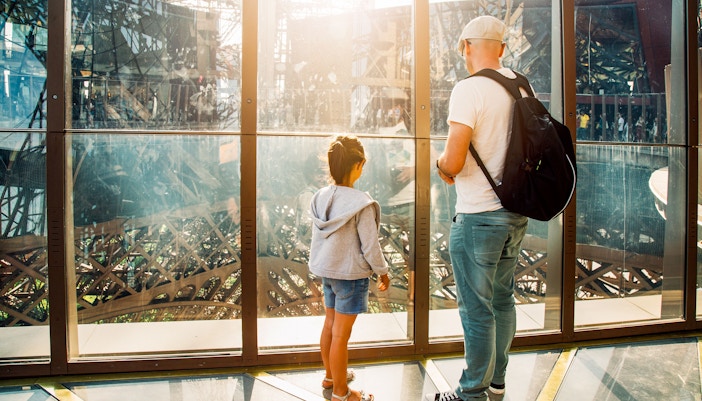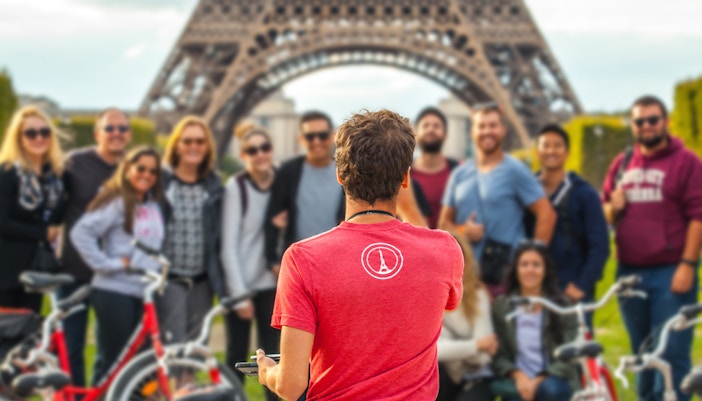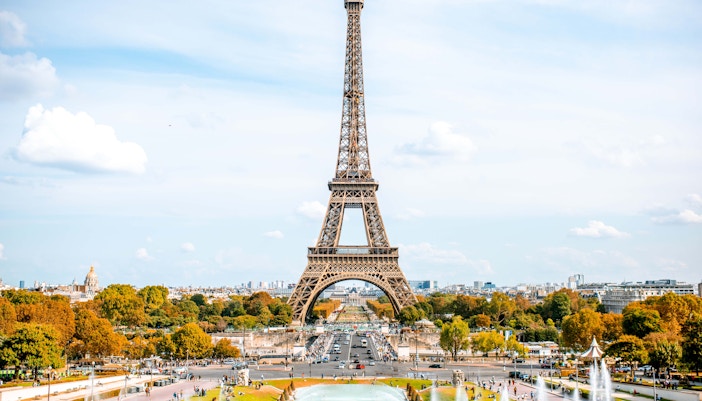Gustave Eiffel was a visionary French engineer best known for the Eiffel Tower. Before that, he made his mark designing bridges, including the Garabit Viaduct. His company also built the metal framework for the Statue of Liberty. After retiring, he shifted focus to meteorology and aerodynamics, proving he was always ahead of his time.



